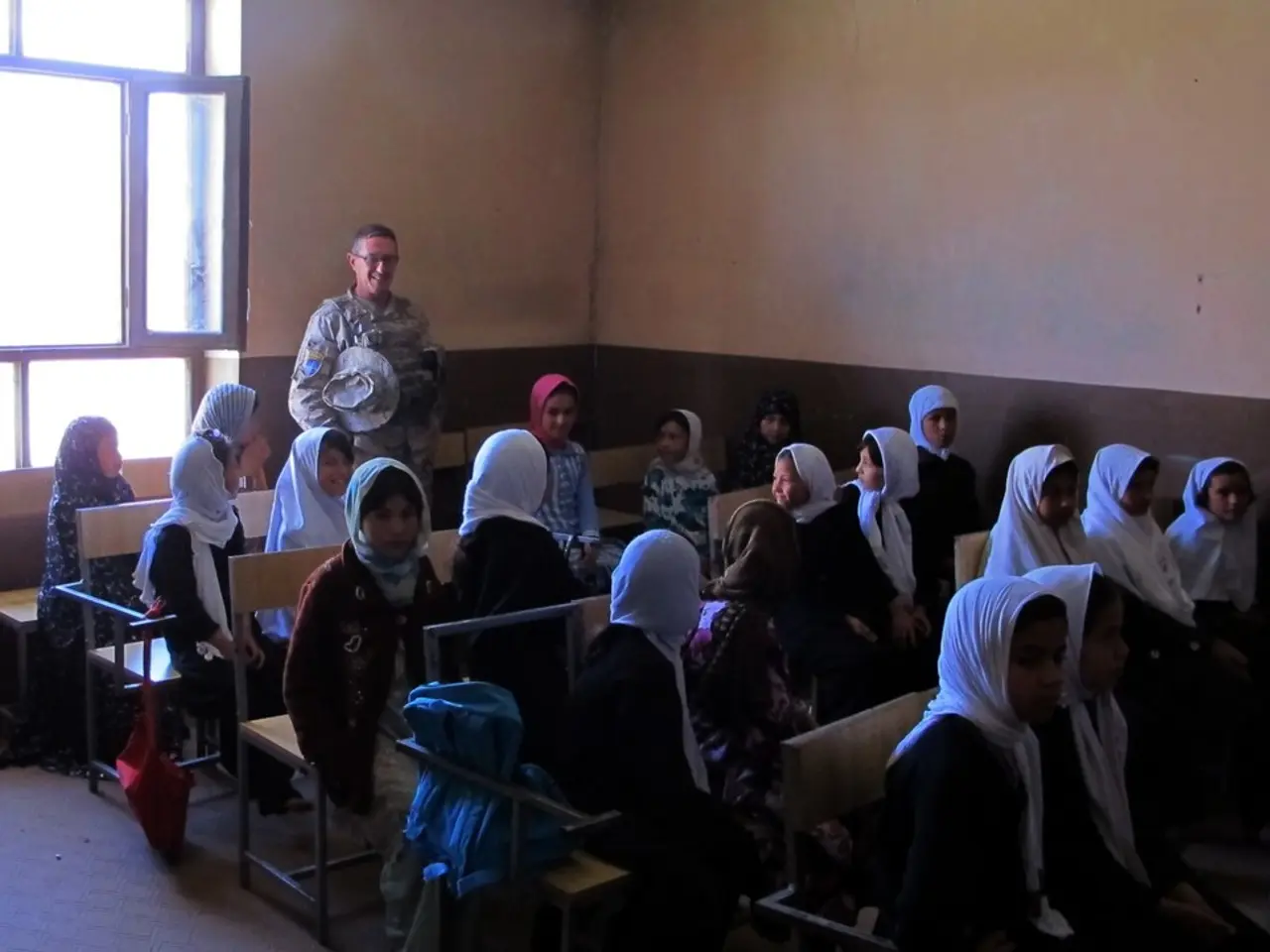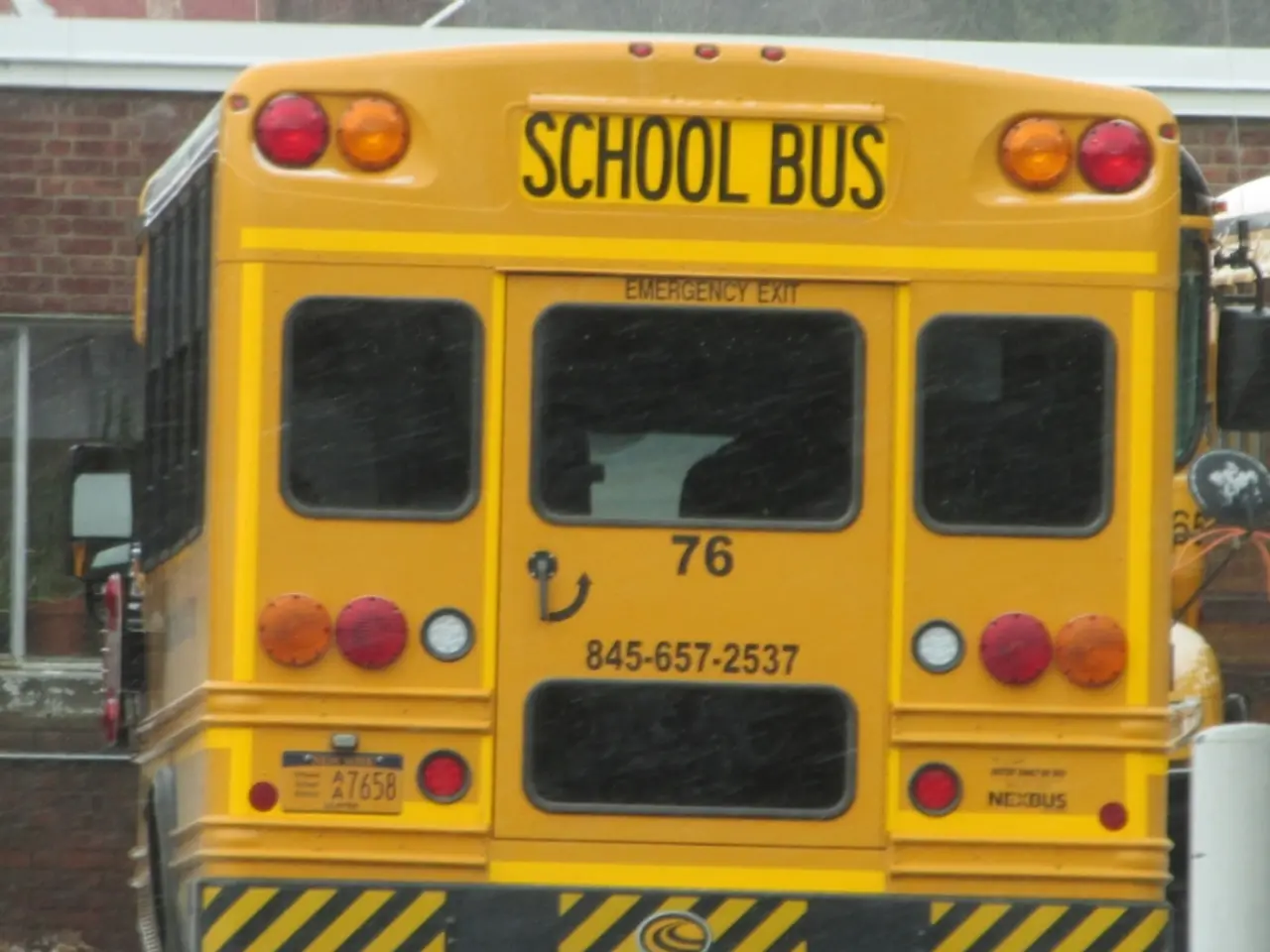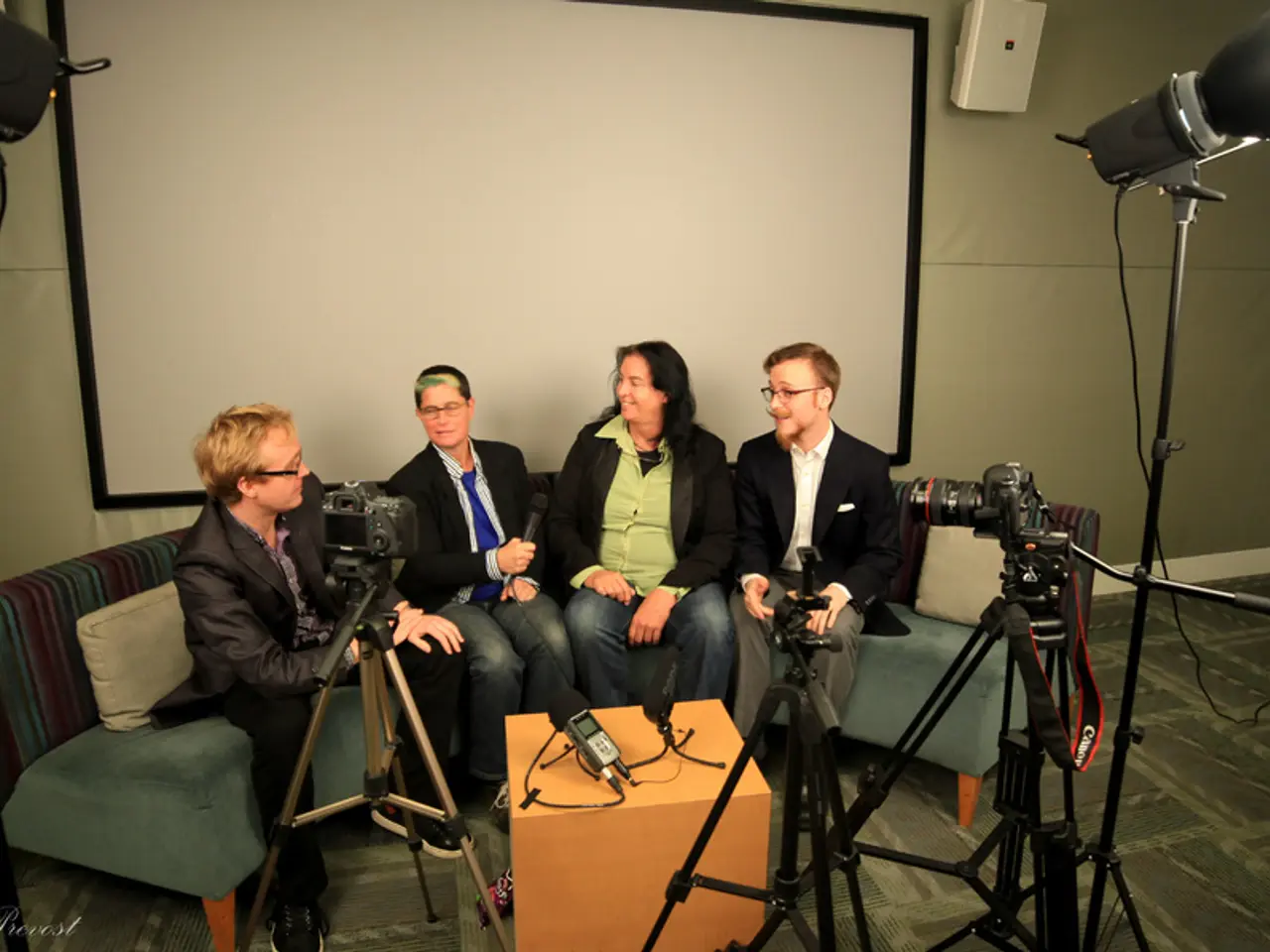Discovering Google's Educational Aspects: Crucial Insights for Educators
==========================================================================================================================
Google's AI-driven learning platform, Learn About, is proving to be a valuable resource for students seeking in-depth knowledge about various topics. One of the latest subjects it delves into is the life of Benedict Arnold, a significant figure in U.S. history.
Upon searching for "Benedict Arnold", Learn About provides a comprehensive biography with multiple images and related topics. The platform's image-reading feature, which utilizes advanced machine learning algorithms, identifies and matches images, including those of historical figures, by comparing them to a vast database of images from across the web.
While Google's image recognition is effective at recognizing faces and objects, its accuracy in identifying historical figures, such as Benedict Arnold, needs improvement. This is particularly true for lesser-known figures, images with poor quality or edits, and cases involving bias or erroneous associations.
To address these challenges, Google is implementing several improvements. These include:
- Data diversity and representation: Incorporating more diverse and representative datasets can help reduce biases and improve recognition accuracy, especially for underrepresented historical figures or demographics.
- Algorithmic transparency and continuous testing: Regular evaluation and updating of algorithms to address misidentifications, biases, and factual inaccuracies would enhance trust and performance.
- Enhanced training on historical context: Integrating visual recognition with contextual metadata (e.g., inscriptions, provenance) can improve attribution accuracy for historical items.
- User feedback mechanisms: Allowing users to report errors or confirm identifications can help refine model predictions over time.
- Improved image preprocessing: Encouraging or automatically performing image enhancements (e.g., cleaning, deblurring) before recognition can boost identification accuracy for historical images often found in degraded conditions.
In addition to its image search capabilities, Learn About offers a variety of interactive features such as "Common Misconceptions," "Build Your Vocabulary," and "Stop and Think." The platform also provides follow-up questions about Benedict Arnold, such as "What led him to betray the Americans?"
As Google Learn About's image recognition feature continues to evolve, it appears to be on track to become a more helpful learning resource for students than a cold Google search or a static Wikipedia page. However, the image search feature is still in its testing phase, and users are encouraged to provide feedback to help refine the model predictions.
[1] Google Research. (2020). Google Lens: Your visual search engine. [Online]. Available: https://ai.google/research/products/lens
[2] Google Research. (2021). DeepMind's Aeneas: An AI system for the identification of historical objects. [Online]. Available: https://ai.google/research/projects/aeneas
[3] Google Research. (2021). Historical object recognition with Aeneas. [Online]. Available: https://arxiv.org/abs/2102.02587
[4] Google Research. (2021). DeepMind's Aeneas: An AI system for the identification of historical objects. [Online]. Available: https://ai.google/research/projects/aeneas
[5] Google Research. (2021). Improving historical object recognition with Aeneas. [Online]. Available: https://ai.google/research/pubs/pub49674
The interactive features on Google's Learn About platform, such as "Common Misconceptions," "Build Your Vocabulary," and "Stop and Think," offer an engaging way for students to deepen their understanding of subjects like the life of Benedict Arnold. By implementing improvements like data diversity, algorithmic transparency, enhanced training on historical context, user feedback mechanisms, and improved image preprocessing, Learn About's technology in education-and-self-development sector aims to increase its recognition accuracy, thereby becoming a more valuable learning resource for students.




